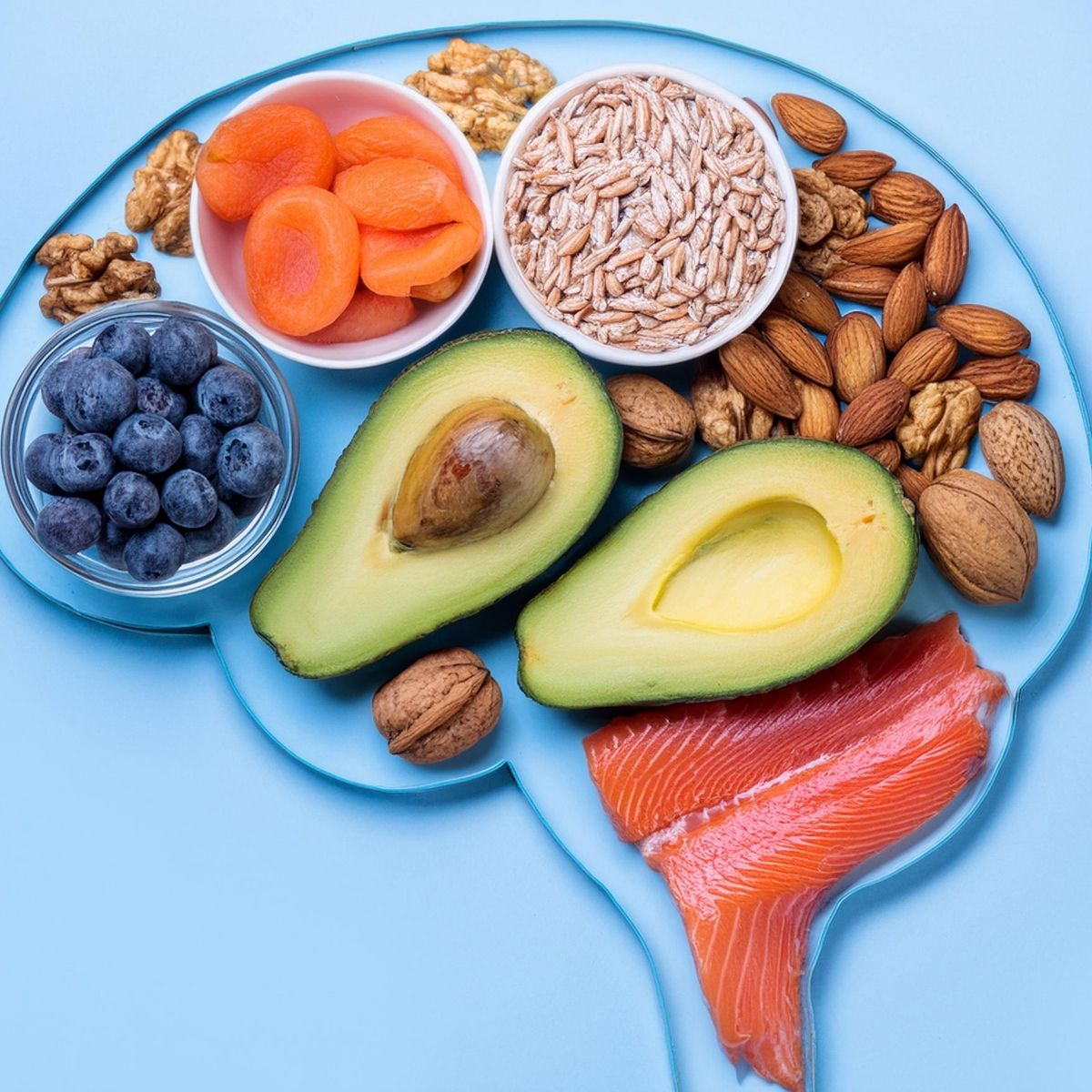The Impact of Food Deserts on Diabetes
Written by: Kourtney Johnson
7 minute read
June 14, 2023
Learn how food insecurity among food deserts is linked to diabetes, and what can be done to overcome this challenge.
You’ve likely heard the term food desert before, but don’t be fooled: these aren’t actually deserts. Instead, they are areas without access to nutritious, affordable foods typically found in under-resourced, marginalized communities in the United States.
How food deserts and diabetes are connected
Food insecurity is defined as consistently lacking access to sufficient amounts of food for a healthy, active lifestyle. Often the most readily available foods in these areas are fried takeout, meals high in sodium, sweets and soft drinks—limiting options for proper whole balanced nutrition. Because of this limitation, living in a food desert is a major risk factor for type 2 diabetes (T2D).
Diabetes is connected to food insecurity in several ways. For example, having complications from diabetes might make it difficult to obtain and maintain a job, while people might also have to decide between paying for food or purchasing diabetes medications when on a limited budget. Black people are more likely to experience food insecurity; they also have the highest levels of disease and mortality, which are connected to diabetes and high blood pressure.
Impacts on communities
Biancha Jackson, a registered dietitian whose majority of patients live in food deserts, says that these areas have a significant impact on people with type 2 diabetes and prediabetes.
“Food deserts make it difficult for people to find nutritious brands of foods, affordable foods, better quality foods, or just access to purchasing healthier foods in general. This negatively impacts people with T2D or prediabetes because it makes it more difficult for them to shop for foods such as whole grains, fruits, vegetables and leaner protein options. Most importantly, food deserts are impacting children. Food deserts are placing children at greater risk for obtaining chronic disorders such as T2D, obesity or heart disease due to limited access to healthier foods. In addition, there is a lack of nutrition education in food deserts.”
Another registered dietitian, Natalie Reed, works on the Navajo Reservation in northern Arizona. Of the approximately 200,000 people living on the reservation, an estimated 76.7% of households experience food insecurity.
In regards to the high levels of chronic illnesses within the population, Reed says “Traditional foods were stripped away. Traditional practices were robbed. In their stead, [community members were] given low-nutrient-dense commodity foods. Commodity foods became immersed into the culture, to the point where they are now viewed as cultural foods. Commodity foods like Spam, Crisco and white flour may be associated with the heightened suffering from chronic disease.”
Several other factors have played a role in the sharp increase in chronic illnesses in the Navajo community, including lack of nutrition education, a shortage of grocery stores, absence of water and electricity in some areas and high food costs.
Getting help if you live in a food desert
If you live in a food desert, there are actions you can take to mitigate the effects of your environment.
Government and private programs
There are both government and private food assistance programs you can turn to for help like the following.
Government programs:
- The Supplemental Nutrition Assistance Program (SNAP) assists families in need by providing nutrition assistance.
- The Special Supplemental Nutrition Program for Women, Infants and Children (WIC) offers monthly nutrition packages, benefits for people who are nursing and services for kids up to the age of five.
- The National Council on Aging (NCOA) assists low-income older adults.
- The Senior Farmers Market Nutrition Program provides coupons to low-income seniors to use on qualifying products at farmers markets, roadside stands and community supported agriculture (CSA) programs.
- The National School Breakfast and Lunch Programs both serve nutritionally balanced meals to students.
Non-government programs:
- Meals on Wheels and Moveable Feast deliver medically-appropriate meals and nutrition education to create racial, social and health equity.
- Food Not Bombs is a program that gives out free vegetarian and vegan meals around the world.
- Wholesome Wave is an organization that works with community programs to combat food insecurity and give healthy food to people in need.
- Local food pantries, soup kitchens and food banks operated by religious or community organizations give food to people in low-income communities.
Local innovative programs
Cities around the United States are putting fresh ideas to the test.
In Baltimore, Real Food Farm uses a mobile market to sell fresh produce and also provides a CSA program. Karen Washington works with Bronx neighborhoods to transform unused land into community gardens through her work with New York Botanical Gardens. She also helped start a City Farms Market, which brings fresh veggies to the Bronx community, through her work as co-founder of La Familia Verde Garden Coalition.
A Minnesota community has a program called The Open Door Pantry which supports low-income individuals and families in the area. They offer four programs: a food pantry, a traveling food distribution, lunch delivery to students during the summer months and food harvesting (where people plant their food themselves in local gardens).
With more and more cities implementing programs to address food insecurity, chances are there’s a program where you live!
Tips from registered dietitians
Both Jackson and Reed have suggestions for people who live in food deserts.
First, Jackson recommends that people find out if there are reduced or free nutrition or healthcare services in their area. Through these programs, people can connect to a registered dietitian who can assist in creating budget-friendly meal ideas, refer them to various food assistance programs, teach tips on budget-friendly grocery shopping and identify which stores in the food desert provide the best food options.
She also recommends shopping at the local dollar store. They typically have more variety of nutrient-dense food options including popcorn, pretzels and bread. In addition, most dollar stores accept Electronic Benefits Transfer (EBT) cards.
Meanwhile, Reed says learning how to garden can positively impact people’s ability to eat fresh produce. She also recommends shopping for high nutrient-dense foods with a longer storage life, such as frozen and canned fruits and vegetables.
Shelf-stable grains including brown rice and whole wheat flour as well as protein options like canned chicken or fish are all items that increase the nutritional value in a budget-friendly way. She also recommends reaching out to local community or senior centers, since many offer food assistance programs. Utilizing food distribution programs is also a great idea, while you can supplement what you don’t receive from there with foods from the store.
There is no doubt that living in a food desert adds an extra layer of difficulty to preventing and managing diabetes. While the solution to eliminating food deserts isn’t as easy as building more grocery stores, fortunately there are programs run by the government and private organizations which provide assistance to people in need. With so many cities offering innovative programs to help fight food insecurity, it’s worth a look to see what is available where you live.
Editor’s Note: This content was made possible with support from Lilly, an active partner of Beyond Type 2 at the time of publication.
Related Resources

Physical activity plays a crucial role in managing diabetes, and walking is an easy, effective...
Read more

When you’re diagnosed with type 1 diabetes (T1D), it can be an overwhelming life change....
Read more

The biggest barbecue day of the year is the 4th of July! Celebrating the 4th...
Read more


